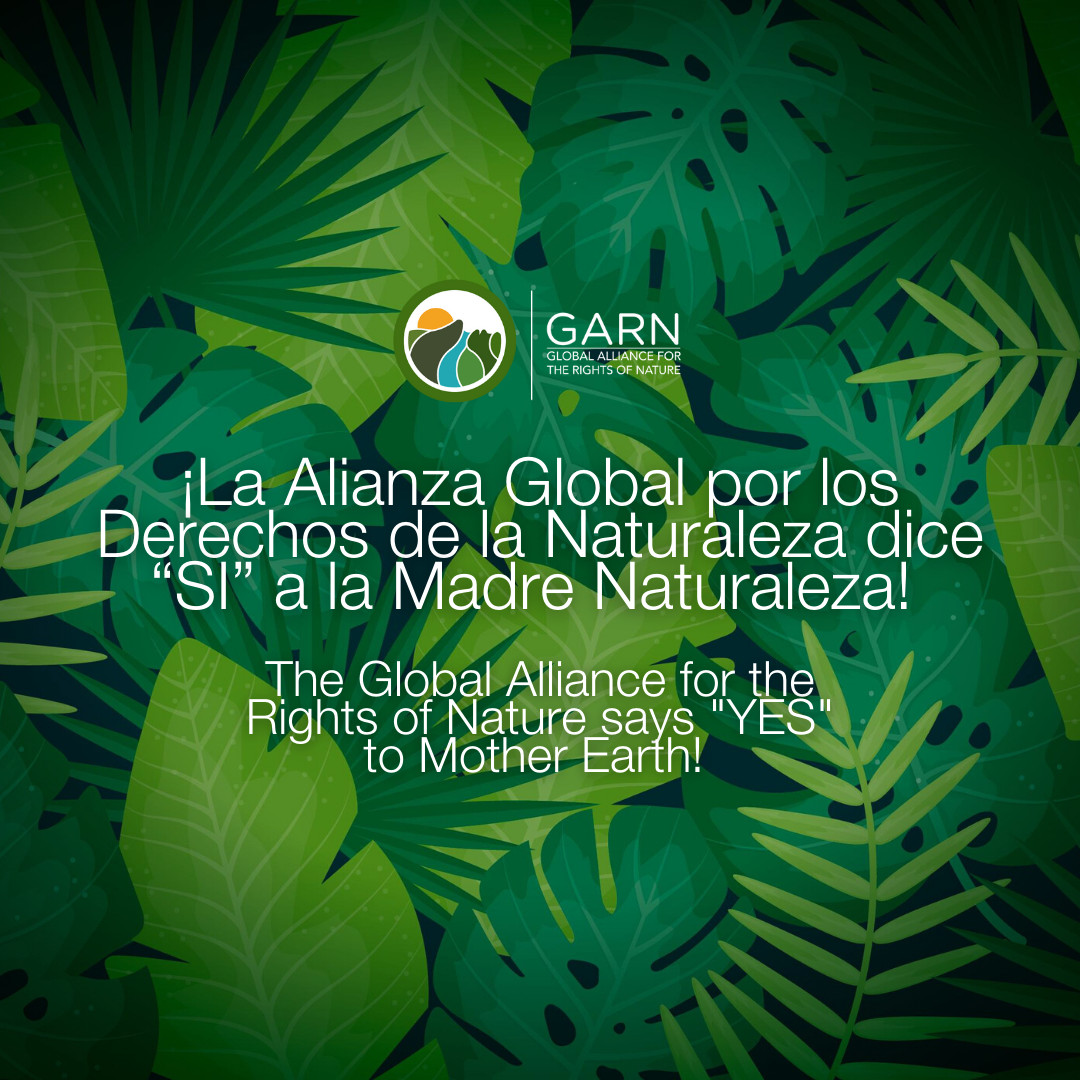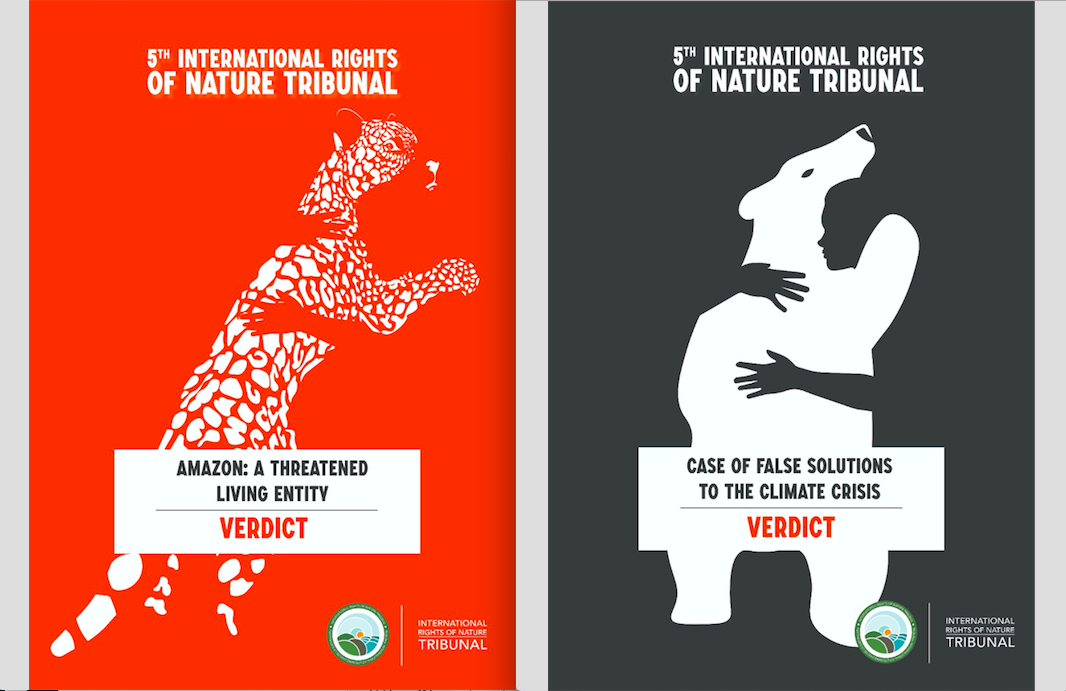Ecuador is one of the most biodiverse countries on the planet, with the largest number of vertebrates per square kilometer in the world. The country is among the top ten international positions by a number of amphibians, birds, and butterflies, and holds second place for the number of orchids (Josse, 2001, Hassler and Rheinheimer, 2013).
Yasuni National Park has been considered the most biodiverse place in the Western Hemisphere. It was created in 1979 and declared a UNESCO World Biosphere Reserve in 1989. It includes 982,000 hectares in the upper Napo basin in the western Amazon. Its strategic location close to the Equator and the Andes mountain range, provides unique climatic conditions in the Amazon, with relatively uniform temperature and high humidity.
http://www.youtube.com/watch?v=onldCk69p_I
Scientists agree the only value of the Park is for its extraordinary biodiversity, conservation status, and cultural heritage. With 2,274 species of trees and shrubs, the park hosts up to 655 species in a single hectare, most of all native tree species in the United States and Canada. It has 593 species of birds and 80 species of bats, 150 amphibians and 121 reptiles, and over 4,000 species of vascular plants per 1,000 km2 hectares. The number of insect species estimated at 100,000 ha, is the largest on the planet. Among these species, there is a high degree of endemism.
The park has the highest density of species of amphibians, mammals, birds, and plants in the Amazon. In addition, the temperature rise due to climate change will be comparatively moderate, giving it strategic importance for the future conservation of species. These values of the Park are explained by several reasons: the stable climate, high precipitation, and high and steady temperature in different seasons. The diversity of soils on firm creates various ecosystems and floodplains. It was also mentioned that the territory was a refuge during the Pleistocene. In this geological period glaciations drastically cooled the global climate, making the most of the Amazon in a meadow. Species are concentrated in few places – ” Pleistocene refugia ” – where the forest remained, as in the Yasuní, producing the speciation process or divergent evolution of new species. The Pleistocene began 2.6 million years ago and ended 12,000 years ago.
The park houses two ecosystems: the Amazon rain forest, the Amazon rain forest, and floodplain (Sierra, 1999).
The Yasuni National Park is also home to two indigenous groups who have chosen voluntary isolation from Western culture: the Tagaeri and Taromenane, both belonging to the Waorani culture.
Ecuador‘s decision to exploit the oil fields ITT Block, mostly located within the Yasuni National Park, taken from August 15, 2013, constitutes a serious threat to the conservation and integrity of the exceptional biodiversity of Yasuní National Park.
The rights of ecosystems to exist and flourish, enshrined in the Ecuadorian constitution, may be affected by the exploitation of oil in the ITT block.
Oil exploitation in the Ecuadorian Amazon from 1972, and the construction of roads and infrastructure, and migration driven by inequality and poverty have generated an accelerated process of deforestation in the region, which has led, directly and indirectly, the disappearance of about 18% of native forests. Ecuador suffers a deforestation rate of 0.75 % per annum ( Sierra, 2013 ), which is among the highest in Latin America. The integrity and health are vital to the provision of water and climate stability on the planet Amazonian ecosystems are threatened.
The projected advanced technologies with lower environmental impact employment do not guarantee the proper conservation of ecosystems and ITT Yasuni National Park, as evidenced by the previous experiences of oil extraction within the park. In the Maxus road, entering the Yasuni National Park in Block 16, the oil companies have implemented a strict migration control. Nevertheless, studies report a 4% cumulative deforestation of native forests between 1906 and 2005, and a 20% loss in the density of large animals as a result of commercial hunting with firearms. Monitoring the sale of hunted market Pompeii, in the vicinity of the Yasuni National Park, animals registered in 24 days of activity the sale of 322 mammals, 26 birds, 4 reptiles, and more than a ton of fish, with a total of 3.2 tons of meat. Recent photographs published by National Geographic show the road built by Petroamazonas in Block 31, also within the Yasuni National Park, is a serious reason for caution about the environmental future of the ITT field.
Additionally prevails at high risk of oil spills, particularly undoubted that vegetation in the ITT field can produce severe effects on the unique biodiversity of the area. In the land oil spills between 2000 and 2011 have reached a frequency of almost one per week (The Universe, June 14, 2013). It is unlikely that in the future the two decades of oil exploitation in ITT will have no spillage, despite the use of advanced technologies, as in the recent case of the Gulf of Mexico by BP.
Threats of oil exploitation in the ITT project not only biodiversity but also affect the survivals of uncontacted peoples Tagaere and Taromentane, surviving in the primary forest. Recent studies, such as the renowned anthropologist Laura Rival, University of Oxford, document the severity of this threat.
___________________________
Profesor de la Universidad Andina Simón Bolívar, ex – asesor técnico de la Iniciativa Yasuní-ITT, y autor de 3 libros y 7 artículos sobre la Iniciativa Yasuní-ITT y otros temas vinculados con la sustentabilidad en la Amazonía ecuatoriana.
2 Fuentes: Scientists Concerned for Yasuní National Park, letter to the President of Ecuador, November 25, 2004; Bass M, Finer M, Jenkins C, et al.(2010), Global Conservation Significance of Ecuador’s Yasuní National Park.
3 Woltman, Anna (2013). Greater Yasuní-Napo Moist Forest Landscape Conservation Area. Quito: Wildlife Conservation Society – USAID. (http://pdf.usaid.gov/pdf_docs/PDACP728.pdf . Visitado noviembre 2013).
Presented by Carlos Larrea, Ecuador
Report on Yasuni ITT oil and the Rights of Nature
Caso: Yasuni ITT Derechos Naturaleza
Review judge’s ruling by Alberto Acosta to accept the Yasuni ITT case
Carlos Larrea, UASB
Carlos Larrea obtained a master’s in social sciences at the Bariloche Foundation in Argentina. He then finished his Ph.D. in Political Economy at York University in Toronto, Canada. He did a post-doc in the area of Health and Development at Harvard University in Boston, USA. He has conducted research and published articles and books on several topics such as political economy, economic and social development, sustainability and environment, socio-economic and environmental history, poverty, inequality, and employment among others.
Realizó estudios de maestría en el área de ciencias sociales en la Fundación Bariloche en Argentina. Luego obtuvo el título de Ph.D. en Economía Política en la Universidad York de Toronto, Canadá. Su posdoctorado lo realizó en el área de Salud y Desarrollo en la Universidad de Harvard en Boston, Estados Unidos. Ha hecho investigaciones y publicaciones en temas como economía política del desarrollo económico y social; sustentabilidad y medio ambiente; historia socio-económica y ambiental; pobreza, inequidad y empleo; entre otros.



